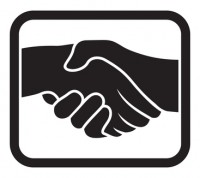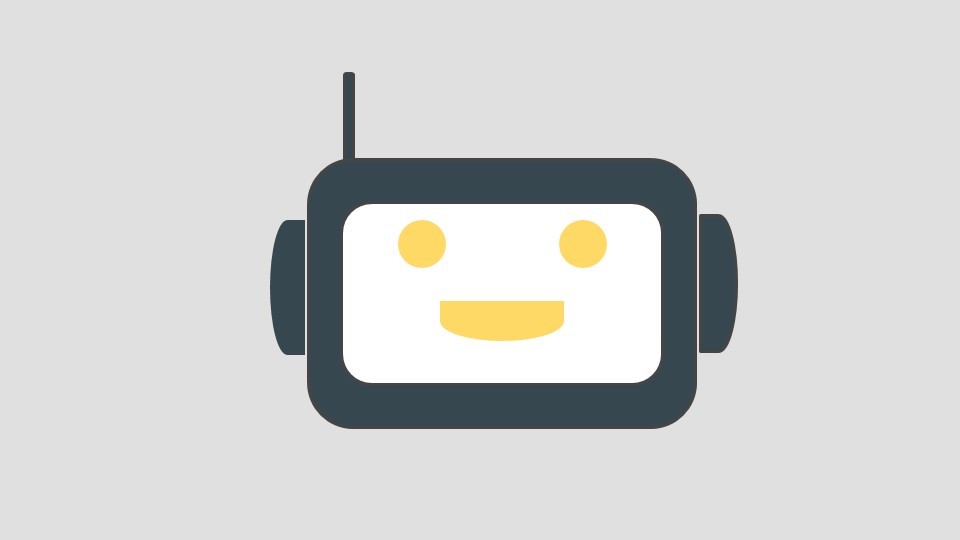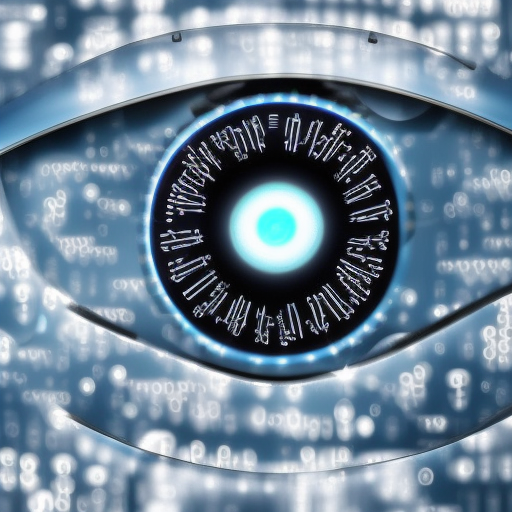
Service is one of the central values of a digital asset management. The goal of a DAM professional should be to connect people with the assets they need to do their job. Ranganathan once wrote, a library is “an instrument of universal education, and assembles together and freely distributes all the tools of education and disseminates knowledge with their aid” (as quoted by Rubin, R., 2010). Let’s look at what concepts, principles, and techniques I use to meet this important goal.
DAM professionals must discover what users wants, extrapolate what they need and act in their best interest. In general users want access to as much source material as possible. Though this desire is legitimate, opening up access to everything to everyone could have some adverse effects. Rather than making their jobs easier, a search through hundreds of thousands of new records that lack the appropriate metadata framework to support search and retrieval could unnecessarily prolong search time. Most of us have experienced long or unsuccessful searches. Before I establish the necessary framework, I study user information seeking behavior. For example, I determine what aspects of an image are important to users. This will help me build a metadata schema into which descriptive terms will be added. Additionally, this study may reveal several different paths, or search strategies, users take to find information. Because they may not know exactly what they are looking for at the outset of their journey, browsing or berrypicking strategies may be adopted and would therefore need to be supported by the DAM system’s search facility.
As Gorman extolled, information professionals must “use technology intelligently to enhance service” (Gorman, 1995, p. 785). Computer hardware and technology services must be maintained so they do no break down, and updated to keep up with the modern pace of technology. Services must also be improved, added and streamlined, depending on what users need. Keeping track of patron requests may help plan for future changes.
Reference service is a great example of an outward, or externally, facing service. Like reference librarians, I frequently answer user questions, assist users with their asset search, and offer bibliographic verification. I interpret questions, construct queries, recommend resources, and instruct system users on how to find information. Recently, some staff members have started to use our DAM system again. To help them ease back onto the system, I have done one-on-one inductions to show them how to browse, search and filter content. Managing signage is an important part of a reference librarian’s job. Whether they are physically posted on a public library wall or virtually programmed into an interface, signs anticipate and clearly address user needs. It was with this in mind that I designed signs that were posted on our floor to guide staff to my department.
Just as a reference librarian connects users to the library, I must connect users to the DAM system. In a sense, I represent DAM to the company and must act as an ambassador. A quick chat with a colleague has turned into a much larger departmental meeting to discuss how to get the most out of the DAM system. As such, it is important that I have strong interpersonal skills. Being able to communicate respectfully and listen to the other person’s point of view are important paths to positive outcomes. In a recent conversation, patience and attentive listening helped me determine that I could help a user group find material by making a simple adjustment to a category name.
Measuring and evaluating information services is an important part of ensuring the services I manage meet user expectations. I developed a user survey to gauge user satisfaction with the DAM system and to understand how well it is meeting its goals. Analyzing user search logs is a convenient way to learn what terms should be considered for inclusion into a controlled vocabulary, or at least which should be mapped to preferred terms. Similarly, examining circulation data (what assets were downloaded or transformed) may offer insights into what assets are popular and the most frequently returned during the users’ information collection stage. By establishing success criteria (key performance indicators) and collecting metrics to measure them, DAM professionals can demonstrate their systems return on investment (ROI).
There exist challenges to the service-oriented nature of DAM librarianship. Because DAM systems do not produce original products that can be sold, the standard ROI formula must be based on usage metrics. By measuring process in/efficiencies before and after an information system is put into place (or after a significant change is made to the system) a DAM system’s value may be evaluated (Bush, 2014). In business I have witnessed people’s tendency towards information hoarding: it is often easier for departments to keep their digital files to themselves. In the future, I would like to see an increase in sharing across departments. It is this sharing that will encourage informed decision making and boost the repurposing of digital content. Most of us will agree that these services are well worth the time, effort, and money required to stand up a DAM system.
How is your DAM job service-oriented?
References
Bush, K. (2014, May 20). Dam roi methodologies. Retrieved October 19, 2014, from http://damguru.com/learn/dam-roi-methodologies/
Gorman, M. (1995). Five new laws of librarianship. American Libraries, 26(8), 784–785. Retrieved from http://cdigital.uv.mx/bitstream/123456789/6150/1/Michael%20Gorman%20-%20Five%20new%20laws%20of%20librarianship.pdf
Rubin, R. (2010). Foundations of library and information science (3rd ed.). New York, NY: Neal-Schuman Publishers, Inc.





Leave a comment